Growing Popularity of Fantasy Sports
The Sports Analytics Market is significantly influenced by the burgeoning popularity of fantasy sports. As millions of fans engage in fantasy leagues, the demand for analytics to inform player selection and strategy has escalated. This trend has led to the emergence of numerous platforms that provide real-time data and insights, catering to the needs of fantasy sports enthusiasts. Market analysis suggests that the fantasy sports segment alone could contribute over 1 billion USD to the Sports Analytics Market by 2025. This growth reflects a broader cultural shift towards data-centric engagement in sports, where fans increasingly rely on analytics to enhance their gaming experience.
Rising Demand for Performance Optimization
The Sports Analytics Market is experiencing a notable surge in demand for performance optimization tools. Teams and athletes are increasingly leveraging data analytics to enhance training regimens and improve overall performance. According to recent estimates, the market for performance analytics solutions is projected to reach approximately 3 billion USD by 2026. This growth is driven by the need for precise metrics that can inform coaching decisions and athlete development. As organizations seek to gain a competitive edge, the integration of advanced analytics into training programs becomes paramount. Consequently, the Sports Analytics Market is witnessing a shift towards data-driven methodologies that promise to revolutionize how athletes prepare for competition.
Emergence of Advanced Data Visualization Tools
The Sports Analytics Market is witnessing a transformation with the emergence of advanced data visualization tools. These tools enable teams and analysts to present complex data in an easily digestible format, facilitating better understanding and decision-making. The integration of visual analytics into sports strategy is becoming essential, as it allows stakeholders to quickly interpret performance metrics and trends. The market for data visualization in sports analytics is expected to grow significantly, potentially reaching 1.5 billion USD by 2026. This trend indicates a shift towards more intuitive analytics solutions that can enhance communication among coaches, players, and management, thereby driving the evolution of the Sports Analytics Market.
Increased Focus on Injury Prevention and Management
Injury prevention and management is becoming a focal point within the Sports Analytics Market. Teams are increasingly utilizing analytics to monitor player health and predict potential injuries, thereby enhancing athlete longevity and performance. The integration of wearable technology and data analytics allows for real-time monitoring of player conditions, which is crucial for making informed decisions regarding training loads and recovery protocols. Market projections suggest that the injury prevention segment could account for a substantial portion of the Sports Analytics Market, with estimates indicating a value of around 1.2 billion USD by 2025. This emphasis on health analytics not only benefits athletes but also contributes to the overall success of sports organizations.
Increased Investment in Sports Analytics Technology
Investment in technology related to the Sports Analytics Market is on the rise, as stakeholders recognize the value of data-driven insights. Organizations are allocating substantial budgets to acquire sophisticated analytics platforms that can process vast amounts of data. This trend is reflected in the increasing number of partnerships between sports teams and technology firms, aimed at developing innovative analytics solutions. Reports indicate that the investment in sports analytics technology could exceed 2 billion USD by 2025. Such financial commitments underscore the belief that analytics can lead to improved decision-making and enhanced performance outcomes, thereby solidifying the Sports Analytics Market's position as a critical component of modern sports management.
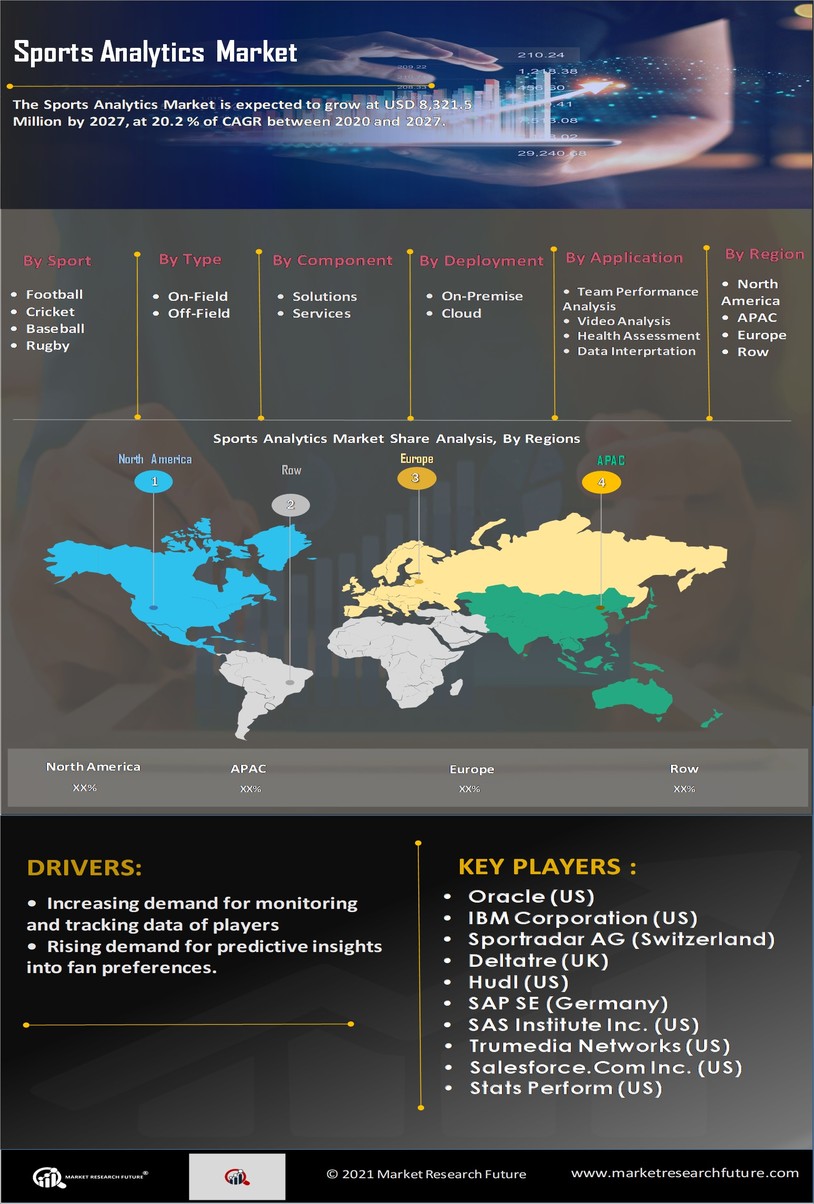

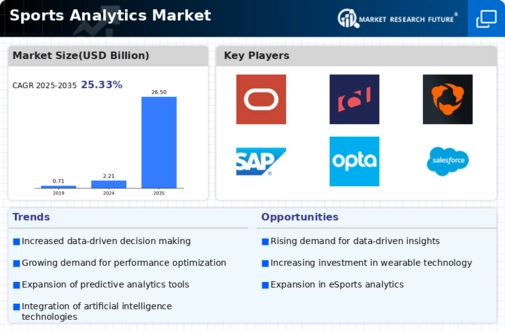




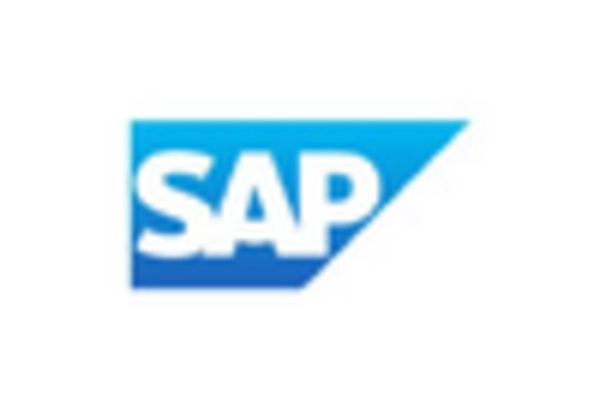
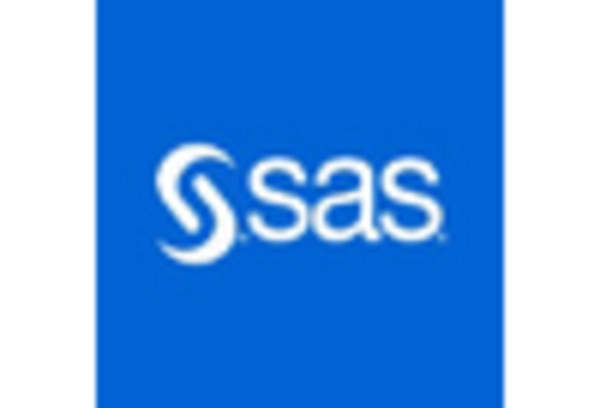
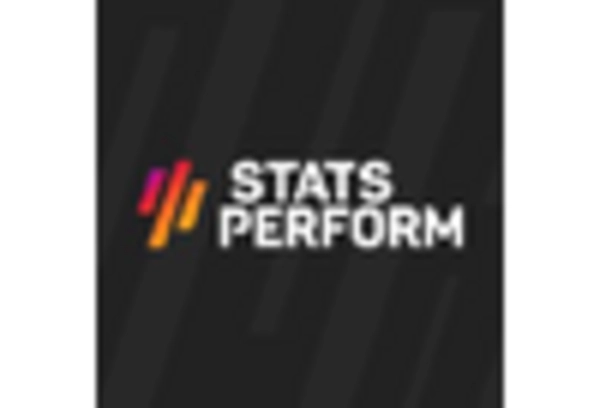








Leave a Comment